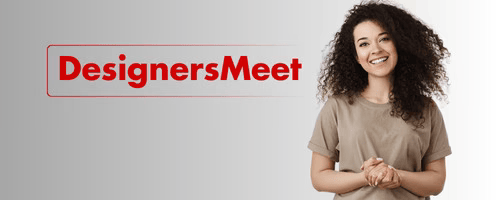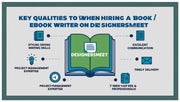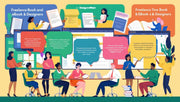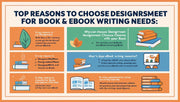Web design is constantly evolving, and staying on top of the latest trends is crucial if you want to create engaging, modern websites. As 2025 unfolds, we’re seeing fresh design directions that prioritize user experience, accessibility, and immersive visuals. Whether you're building a personal portfolio on DesignersMeet.com or designing for clients, keeping these trends in mind can help your work stand out.
1. Dark Mode Design:
Dark mode continues to grow in popularity for both aesthetic and functional reasons. It reduces eye strain, saves battery life on devices, and gives websites a sleek, modern feel. In 2025, more designers are offering light/dark mode toggles, allowing users to switch according to their preference.
2. Micro-Interactions:
Small, animated interactions like button hover effects, loading animations, and feedback cues are becoming more refined and intentional. These tiny details enhance usability and make websites feel more alive without overwhelming the user.
3. Bold Typography:
Big, expressive fonts are a powerful way to grab attention and communicate a brand’s personality. Designers are using bold typography as a focal point, often paired with minimalist layouts to make the text shine.
4. 3D Elements and Immersive Visuals:
Thanks to better performance across browsers and devices, 3D design is more accessible than ever. From subtle 3D icons to fully interactive models, designers are adding depth and realism to web experiences, especially on creative and portfolio sites.
5. Scroll-Based Animations:
Scroll-triggered effects—like parallax movements, fades, and reveals—are being used strategically to guide users through a narrative journey. They keep visitors engaged and make content feel more dynamic without being distracting.
6. Minimalistic Layouts:
Clean, clutter-free designs remain a favorite. Designers are leaning toward layouts that prioritize simplicity, plenty of white space, and focused content. This not only improves readability but also ensures faster loading times.
7. Accessibility-First Design:
Designing for all users, including those with disabilities, is becoming the norm rather than the exception. Designers are paying close attention to color contrast, keyboard navigation, screen reader compatibility, and responsive typography.
8. Custom Illustrations and Icons:
To make websites feel more unique and personal, many designers are using hand-drawn illustrations or custom icon sets. These elements help brands stand out and can convey emotion more effectively than stock visuals.
On platforms like DesignersMeet.com, staying updated with these trends allows creatives to showcase their adaptability and innovation. Whether you're redesigning your site or creating one for a client, using the latest techniques ensures your design feels fresh, functional, and future-ready.




